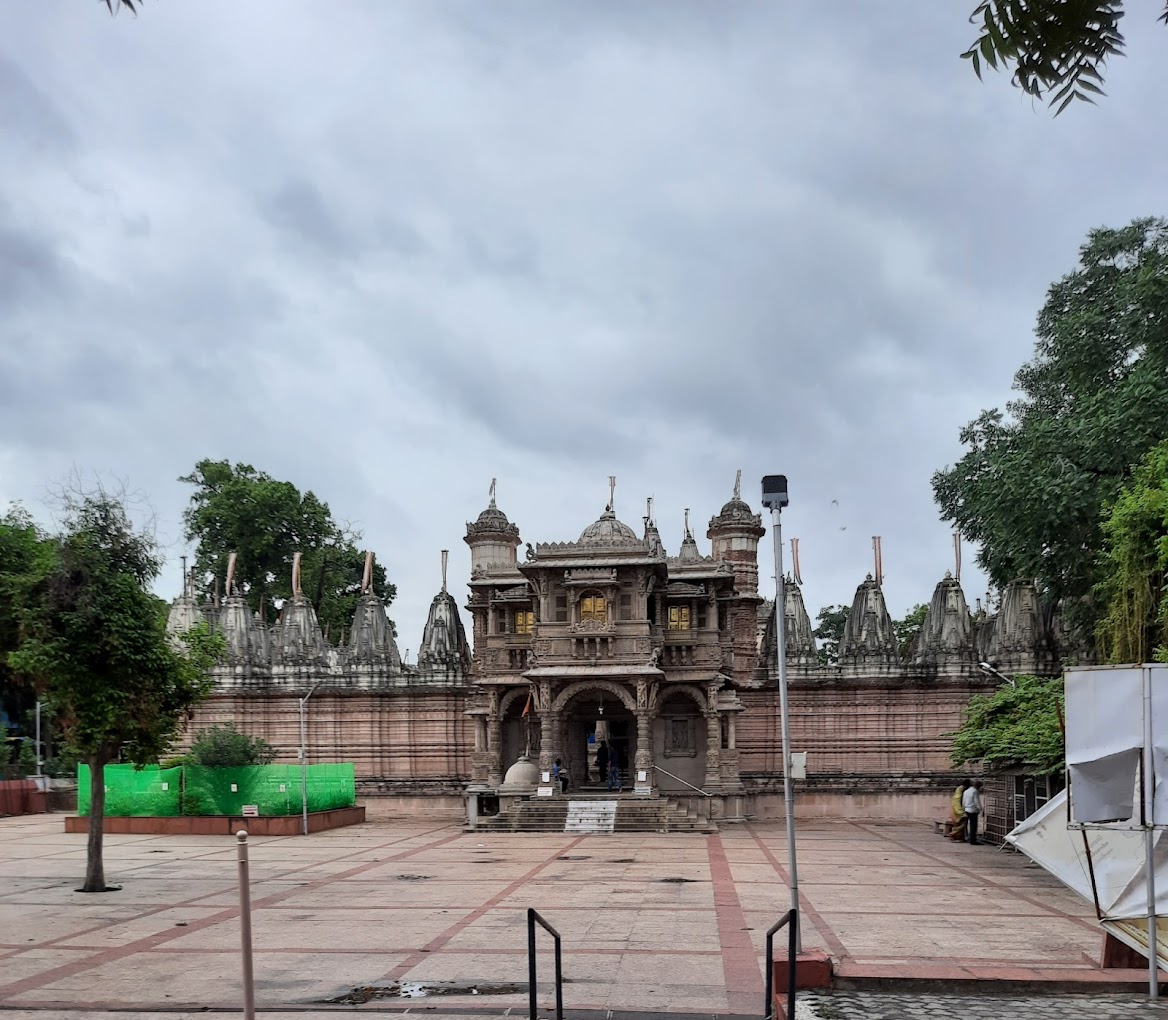Share this link via
Ahmedabad, in western India, is the largest city in the state of Gujarat. The Sabarmati River runs through its center. On the western bank is the Gandhi Ashram at Sabarmati, which displays the spiritual leader’s living quarters and artifacts.
Across the river, the Calico Museum of Textiles, once a cloth merchant's mansion, has a significant collection of antique and modern fabrics.

It is located in the Sabarmati suburb of Ahmedabad, Gujarat, adjoining the Ashram Road, on the banks of the River Sabarmati, 4 miles from the town hall.

The Sidi Saiyyed Mosque, popularly known as Sidi Saiyyid ni Jali locally, built in 1572–73 AD, is one of the most famous mosques of Ahmedabad. This was built by Sidi Sayyad.

The project aims to provide Ahmedabad with a meaningful waterfront environment along the banks of the Sabarmati River and to redefine an identity of Ahmedabad ...

Vintage Car Museum is located at 2,200 acres Dastan Farm House on the Sardar Patel Ring Road at Kathwada. Ahmedabad can be reached by road, rail and air. Sardar ...

Bai Harir ni Vav lies 15km from the centre of Ahmedabad city. This step-well, built in 1499 under the supervisor of Sultan Begada's harem, has steps down ...

Hutheesing Temple is a Jain temple in Ahmedabad in Gujarat, India. It was constructed in 1848 by the Hutheesing family. The temple blends the old ...

Adalaj Stepwell or Rudabai Stepwell is a stepwell located in the small town of Adalaj, close to Gandhinagar city in the Indian state of Gujarat.

It is the first Temple of the Swaminarayan Sampraday, a Hindu sect. It is located in Kalupur area of Ahmedabad. It was built on the instructions of Swaminarayan.
Ahmedabad has a rich heritage and speaks volumes of its historical significance through the various monuments, museums, temples, and mosques. The people here are welcoming and hospitable.
Ahmedabad is known as the “Manchester of India” because of similarity with the well-known cotton textile centre of Manchester, Great Britain and the following reasons.